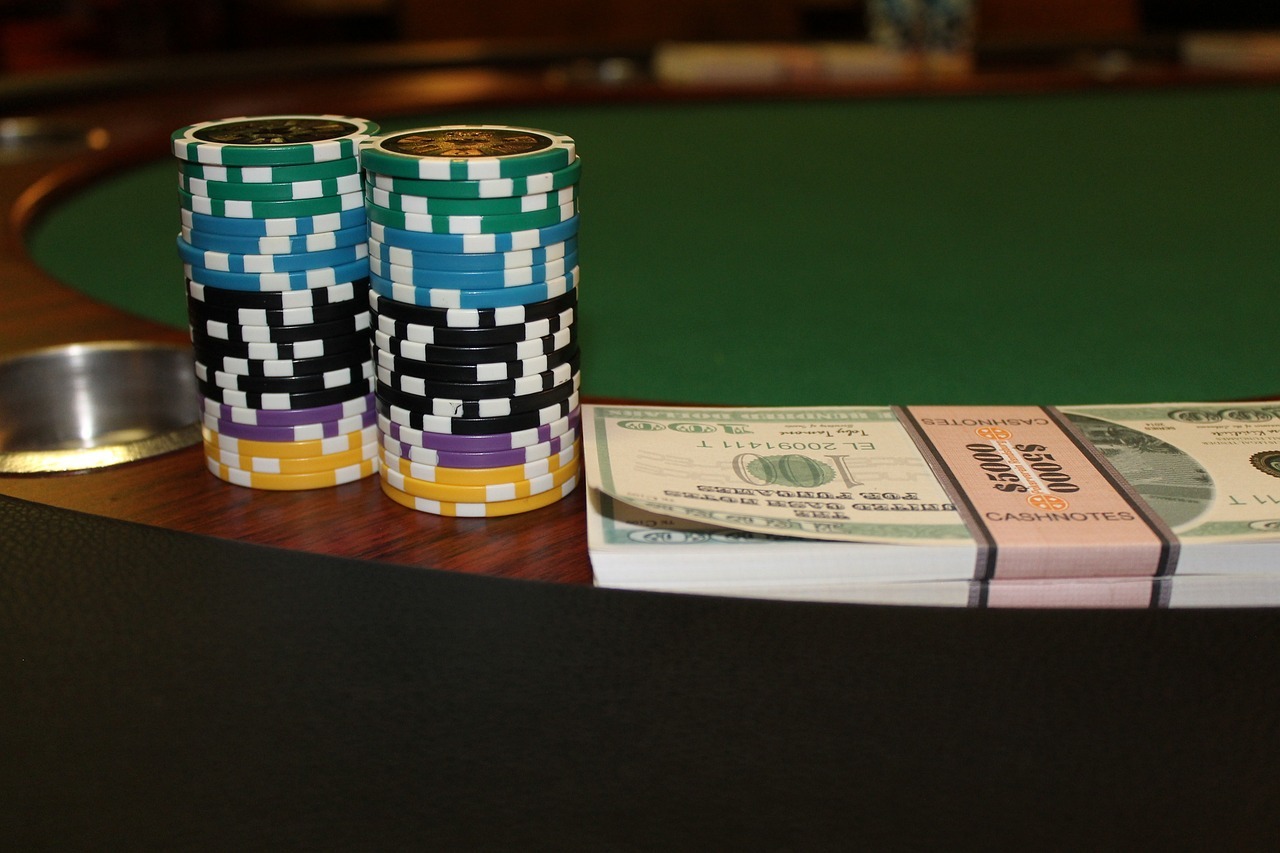Texas Holdem is poker played with two cards in hand and five community cards. The game is usually played with a small blind and a big blind. The player on the left of the small blind is the first to act and can either call, raise, or fold. The following three players can then call, raise, or fold. If there is a raise, the last player can re-raise.
The last player to act is the small blind. The flop is then dealt, which consists of three community cards. The player on the left of the buck button is the first to act and can either check or bet. The following two players can then check or call. If there is a bet, the last player has the option to raise. The turn is then dealt, which is the fourth community card.
The player to the left of the buck button is the first to act and can either check or bet. The following two players can then check or call. If there is a bet, the last player has the option to raise. The river is then dealt, which is the fifth and final community card. The player to the left of the buck button is the first to act and can either check or bet. The following two players can then check or call. If there is a bet, the last player has the option to raise.
Texas Holdem rules
You may only bet or raise the number of chips in the pot
The chips in the pot are all the chips that have been bet in that particular hand. Therefore, you may only bet or raise as many as are in the pot from the current round. For example, if the pot has ten chips in it and you want to bet or raise by five chips, you may only do so if there are already five chips in the pot from that particular round of betting with which you’re busy.
All raises must be even to or exceed the last
This rule goes hand-in-hand with the previous rule. The size of the last bet or raise is the number of chips put in the pot from the last player’s action. For example, if Player A bets five chips and Player B raises by ten, the next raise must be even to or exceed 15.
You may not check on the last round of betting
The last betting round is when all the community cards have been dealt (flop, turn, and river). Once the river has been dealt, you may not check because there would be no more opportunity to bet.
Show one card at a time when folding
When folding, you must show your hand one card at a time so that other players can see what you have.
String raises are not allowed
String raises are not allowed in Texas Holdem. A string raise is when a player makes a small raise, waits for the next player to raise more, and then re-raises again. It is considered unfair because it allows the player to see how much the other player is willing to bet before making their own decision.
Texas Holdem strategies
Play tight
This strategy involves only playing hands with a high chance of winning, meaning you should fold most hands because the odds of winning are not in your favor. You should play a hand only if you have a pocket pair, two high cards, or if the flop has made a flush or straight draw.
Play aggressive
This strategy involves betting and raising more often than checking and calling. The aim is to make other players fold so you can win the pot without showing your hand. Players with a tight playing style often use this strategy because they are likelier to have a strong hand when they make a bet or raise.
Play in position
This strategy involves playing hands that have a better chance of winning when you are the last to act because you will have more information about the other players’ hands and can make a more informed decision. Hands typically played in position are pocket pairs, two high cards, and flush and straight draws.
Bluff sparingly
Bluffing involves betting or raising with a weak hand to make other players fold. You should only bluff if you think the other player has a weaker hand than you and if you believe they will fold.
Manage your bankroll
This strategy involves only betting an amount you are comfortable with losing, meaning you should not bet more than you can stand losing and always have enough money to cover the buy-in for the next game. Managing your bankroll also means quitting while you’re ahead, so you don’t give back all of your winnings.
